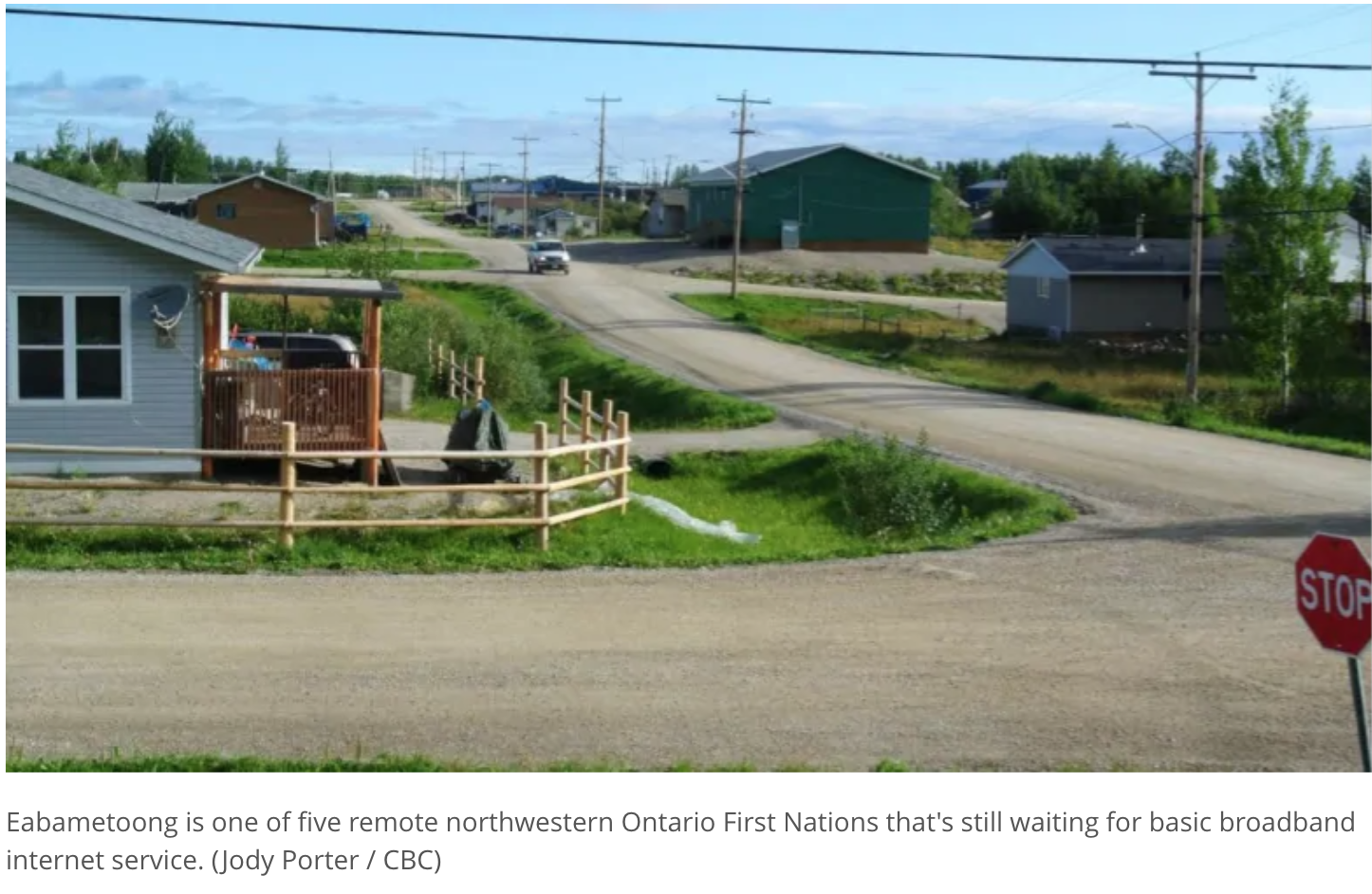
This is the seventh of 10 Lessons from a Post-Pandemic World. For the other nine, click here.
“Every institution needs a strategy to support students who struggle to access online technology.”
Too many Canadians do not have adequate internet access
Most of those working in online learning saw it as a means to increase access, especially for lifelong learners who cannot afford or are unable to attend campus full-time. Online learning led the way in the development of open educational resources such as free, online textbooks.
When courses are also available on campus, students have a choice. But the pandemic illustrated that up to 25% of the public in Canada — and probably a much higher percentage in many other countries — simply cannot access or afford online learning.
They either do not have sufficient bandwidth or can’t afford the extra data costs or the dedicated equipment needed for effective study. They may also share crowded accommodation, which makes studying difficult if not impossible.
The Canadian Radio and Television Commission (CRTC) reports that 85 per cent of all Canadian households live in areas where download speeds of 10 Mbps are readily accessible. This is the minimum speed required for effective synchronous video transmission using tools such as Zoom.
Speed matters
However, each individual user should have 10 Mbps for his or her own device. And when several members of one household are working and studying from home, hardware and data costs are important factors to consider.
If 15 per cent of homes are without adequate download speed, another 5 per cent have 10 Mbps download speed but not to the individual device, and another 5 per cent can’t afford a suitable device or Internet charges, then a quarter of the population cannot study online. These are the poorest or most disadvantaged in society.
This is a more serious problem in K-12 education, where access is supposed to be available for all, but it also applies to many post-secondary students.
Some solutions
Access is a problem not only for those without equipment or Internet access, but also for people with disabilities such as hearing or vision loss.
Fortunately, there is universal design for learning, a framework to improve and optimize teaching and learning for all people based on scientific insights into how humans learn. Use of this framework will result in redundancy of media in a course, so people with vision loss can access audio material where appropriate, for example.
Therefore, online learning can actually provide greater access to people with certain disabilities than campus-based teaching, but this needs to be built into course design.
What was the response to the issue of technology access?
- Some colleges, universities, and school boards are identifying at-risk students to ensure they get the assistance they need, either in the form of cash grants and/or the loan of suitable equipment. In the K-12 system in British Columbia, for example, such students were prioritized for on-site teaching as soon as it was safe to do so.
- Where institutions have a large number of students in remote areas or in poor neighbourhoods, mainly asynchronous approaches were adopted, using for instance a learning management system and e-mail rather than synchronous Zoom lessons, because asynchronous tools need less bandwidth.
- Local facilities open to the public, such as community centres or libraries, with good Internet connections, are giving students access to equipment at set hours, with physical distancing measures. Such “learning” centres, perhaps in an Indigenous community, in a local coffee shop or at a corner store, are particularly valuable in remote areas, including those served by Contact North | Contact Nord in Ontario.
- The Canadian government committed $1.7 billion to providing high-speed Internet access in remote areas. This was to be rolled out over 10 years, but COVID-19 injected more urgency into the program.
Pro-active strategy
Every institution needs a strategy to support students who struggle to access online technology.
On the other hand, the 75 per cent or more of students who can easily access online learning should not be denied the opportunity to study because of lockdowns.
We just need to be aware that we must also find ways to serve those students — hopefully a minority — who have legitimate difficulties studying online.
For Lesson 8, click here: We need more flexible learning spaces









 Dr. Tony Bates is the author of eleven books in the field of online learning and distance education. He has provided consulting services specializing in training in the planning and management of online learning and distance education, working with over 40 organizations in 25 countries. Tony is a Research Associate with Contact North | Contact Nord, Ontario’s Distance Education & Training Network.
Dr. Tony Bates is the author of eleven books in the field of online learning and distance education. He has provided consulting services specializing in training in the planning and management of online learning and distance education, working with over 40 organizations in 25 countries. Tony is a Research Associate with Contact North | Contact Nord, Ontario’s Distance Education & Training Network.

